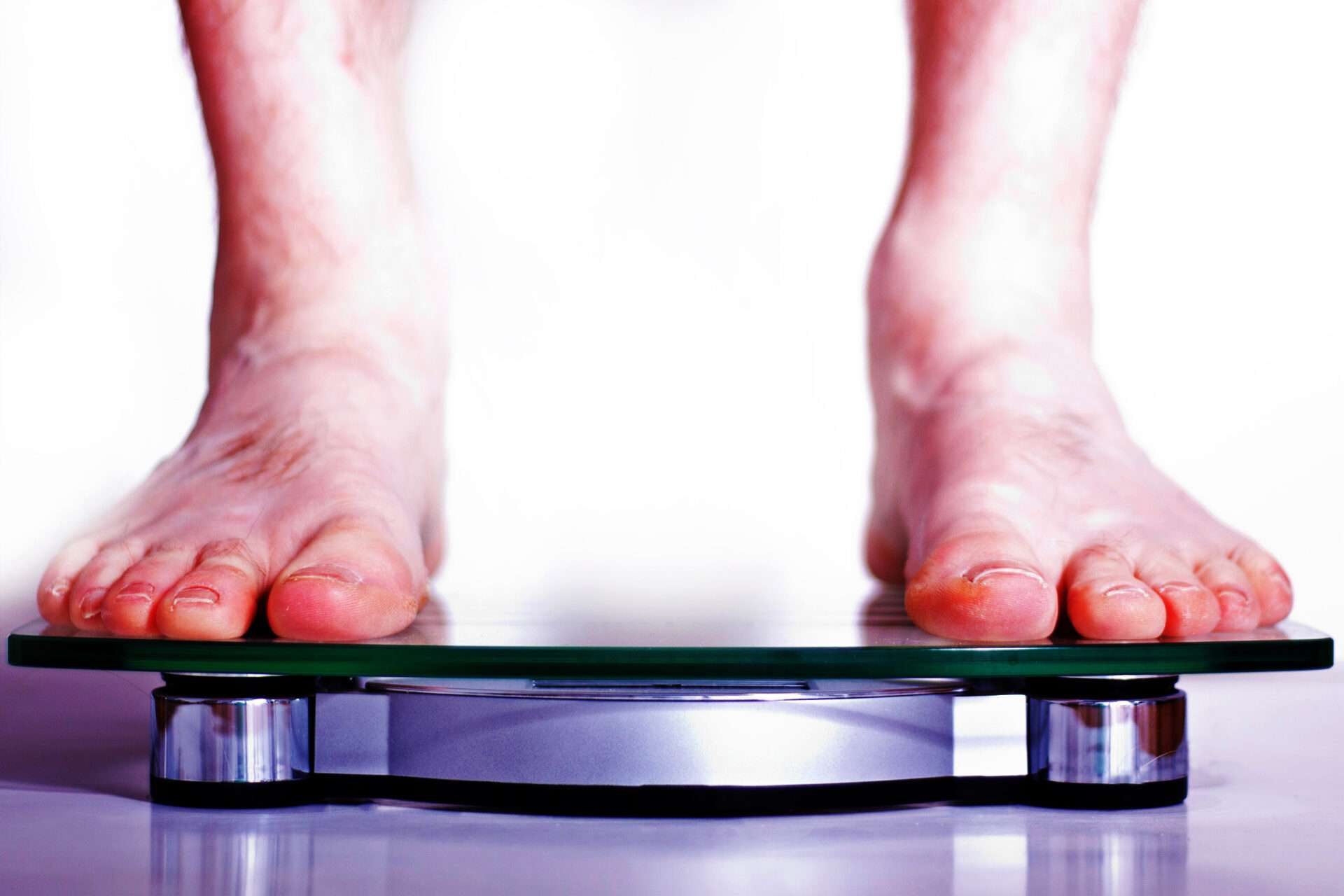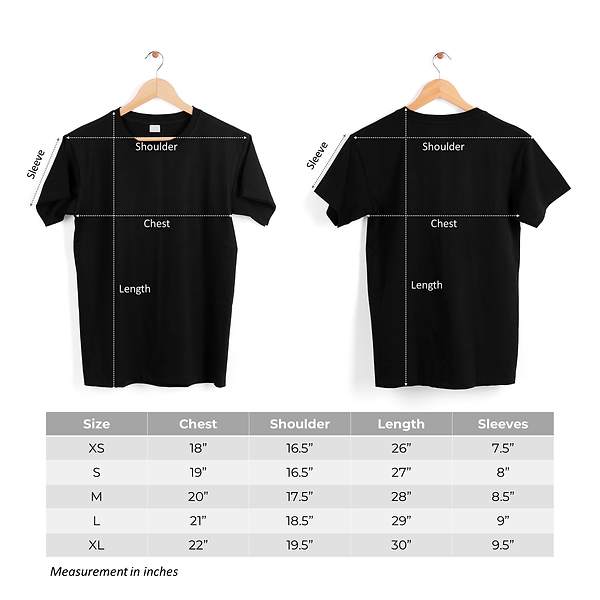How Running Supports Weight Loss
The Science Behind Running
Running increases your energy expenditure, helping you burn more calories. Studies show it boosts your resting metabolic rate, allowing you to burn calories even after your workout ends. This makes it an efficient choice for weight loss and overall fitness.
Running vs Other Exercises
Compared to cycling or swimming, running burns significantly more calories due to its full-body engagement. If running isn’t your preferred activity, any consistent cardiovascular exercise that raises your heart rate will contribute to weight loss.
Tips for Getting Started
Choose the Right Shoes
Select comfortable, well-fitting shoes suited to your running surface. Replace them every 300–500 miles to avoid injury.
Set Realistic Goals
- Specific: Clearly define your target (e.g., run 5K in 6 weeks).
- Measurable: Use apps to track distance, time, and progress.
- Attainable: Set achievable milestones based on current fitness.
- Relevant: Align goals with your weight loss plan.
- Time-bound: Establish deadlines to stay accountable.
Create a Sustainable Routine
Begin with 2–3 runs per week, adjusting based on your schedule. Add cross-training and choose a time of day that works best for you.
Boosting Weight Loss Effectively
Try Interval Training
Alternate between short sprints and recovery jogs. This high-intensity method burns more fat and accelerates progress.
Include Strength Training
- Use bodyweight exercises like squats, lunges, and planks.
- Train 2–3 times weekly for increased metabolism and injury prevention.
Eat Smart for Performance
- Fuel with fruits, vegetables, lean proteins, and whole grains.
- Meal prep to stay consistent and avoid unhealthy snacks.
Stay Motivated and Consistent
Join a Running Group
Training with others boosts accountability, social support, and motivation.
Push Past Mental Barriers
Break long runs into segments, visualize your goals, and celebrate small victories to stay driven.
Avoid Common Pitfalls
Don’t Skip Warm-Up or Cool-Down
- Warm-up: 5–10 minutes of dynamic stretches
- Cool-down: Gentle stretches to prevent soreness
Respect Your Limits
Increase intensity gradually. Overtraining leads to burnout and injury.
Rest Is Essential
- Plan regular rest days.
- Incorporate low-intensity recovery activities.
Track Your Progress
Use Tech Tools
Apps and wearables help monitor your pace, distance, and improvements.
Set and Celebrate Mini-Goals
- Example: Add 5 minutes of running weekly or increase mileage gradually.
- Reward yourself with non-food treats like gear or rest days.
Final Thoughts
Running is a powerful way to lose weight, build confidence, and improve health. Paired with a balanced diet and consistent routine, it can transform your fitness journey—one step at a time.



